Selective dog breeding aims to progressively improve upon the features of a dog breed. It is the other side of the coin to some irresponsible breeders, who reportedly keep them in small cages for long periods without exercise, love, or human contact. No matter how experinced a dog owner is the excessively caged animal will always tend to develop undesirable behaviors and may bark excessively. He may even become destructive and unsociable.
Selective dog breeding has been practised over millenia since early human development, and it has provided the huge range of dog breeds that exist today.
It is thought that selective breeding was begun when humans came across an abandoned wolf cub and took it with them. As this wolf grew older it would become less fearful of humans and therefore be semi-tamed. Humans maintained a population of useful animals around their homes since pre-historic times . They intentionally fed useful dogs, while killing wild dogs, establishing the relationships between humans and specific types of dogs over thousands of years.
That created the pedigree dog breeds which are well known today. It is important that al breeders breed selectively and choose their male and famail dogs for breeding carefully.
Studying pedigrees and visiting kennels is the best way to select the most compatible stud, and this can consume weeks or even months of a breeders time. And because the onset of a bitch's season can't be predetermined exactly, a short-notice trip to the stud will probably be necessary, making proper choice of mates very difficult. Stud owners and owners of the bitch certify the mating to the stud-book or the club. Stud-book and club cannot determine if the named stud has mated the named bitch, also not if the bitch of a breeder (knowingly or not) has been bred by several studs (also out of other breeds) in one season. A lot depends on trust amonst breeders in the dog breeders world.
Mutations can prevent proper development and maturation. Even though particular traits might seem like they are novel, in such cases it is really a loss of information since the animal has stunted development in one trait. Mutations occur spontaneously all the time. Environmental pressure can drive what mutations are favored, but mutations are not caused only by the environment.
Generally selection also loses out because most people just take the first available stud or the cheapest to breed with their female. Not doing extensive research on the medical history of the other dog can cause medical problems that become genetic in that breed. Generally Wolf-Dog is very common figure of Caucasian peoples tradition and legends and is very old in this region (actually it comes from Hittites period). But legend is not to be mixed with reality - it is absolutely evident that Nagazis have not any relation with wolfs. Generally, the wider the variation in the parents, the wider the potential for variation in the litter.
Genes do not act singularily and in isolation. The effect of an allele in the phenotype is as much a property of its genetic enviroment (and for that matter the 'traditional' enviroment) as the protein it codes for (look into additive gene effect).
Inbreeding brings out recessive genes in the homozygous condition. Genes that are "homozygous" are genes that have no opposing gene in a sense - in other words, the dog will carry this trait and no other version of the trait. Inbreeding can also lead to a bitch's decreased fertility or her giving birth to smaller litters. Inbreeding is the breeding of close relatives not separated by more than one generation, i.e, brother to sister, father to daughter. This method is used to concentrate good qualities in the line but may also concentrate bad qualities.
Hip problems with different dog breeds should be identified at an early stage. If you think that smaller dogs are safe from joint problems, you're wrong. Hip dysplasia is a potentially crippling malady that affects many breeds. Eye, heart and skin problems negatively impact many breeds.
Breeders consider a mixed breed a horrible thing. There's huge pride in the dog's lineage, its pedigree, as if breeders were talking about their own family trees, as if they're descended from aristocracy. Breeders could not escape their responsibility without all the kind "rehomers and rescuers" who take that responsibility for them. The breeders of unclaimed dogs in pounds could be fined, making the breeder responsible, if all pups had to be micochipped. Breeders who sell cheap puppies. It takes a lot of funds and other resources in order to raise healthy puppies.

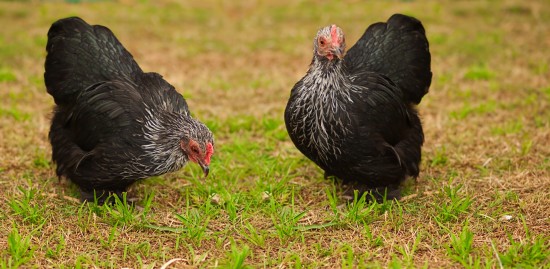 Tips On Keeping Your Chicken Feed Bill Down
Tips On Keeping Y
Tips On Keeping Your Chicken Feed Bill Down
Tips On Keeping Y
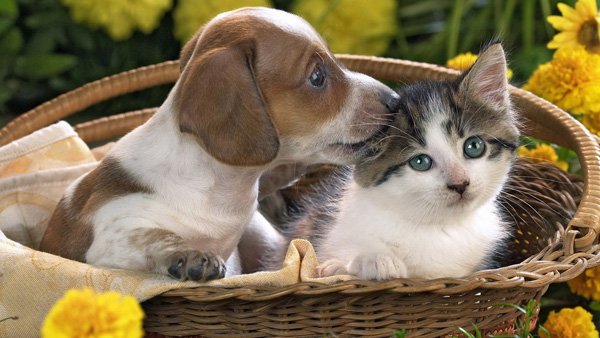 Ulcer Supplements for Horses
Ulcer Supplements for Horses
No matter how hea
Ulcer Supplements for Horses
Ulcer Supplements for Horses
No matter how hea
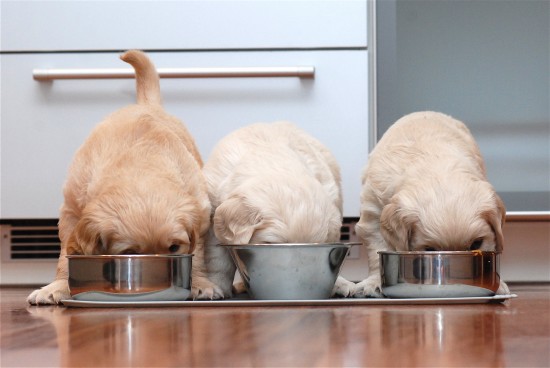 How To Feed Your Dog A Diet That Produces A Low Waste Output
How To Feed Your
How To Feed Your Dog A Diet That Produces A Low Waste Output
How To Feed Your
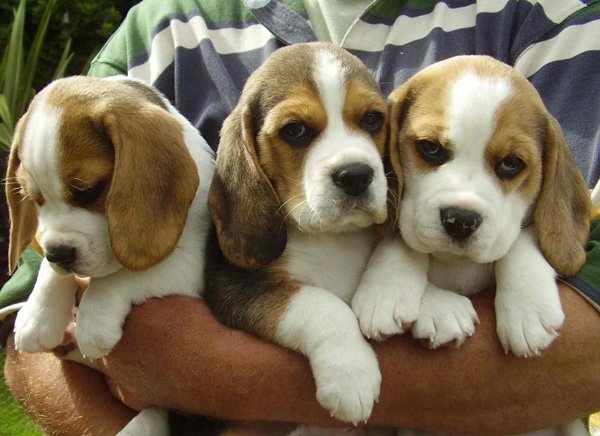 Need for a well behaved dog
Need for a well behaved dog
They spend their l
Need for a well behaved dog
Need for a well behaved dog
They spend their l
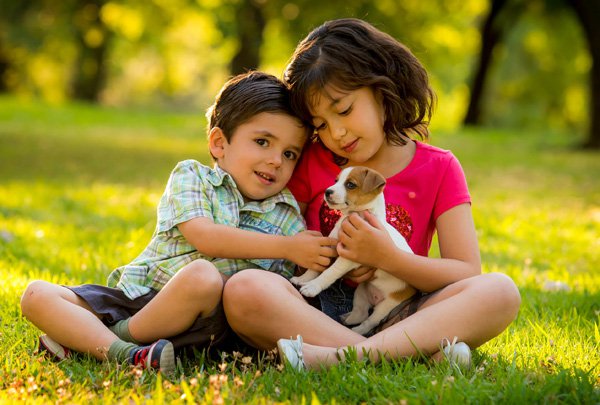 What you should know before purchasing bull terriers
What you should know before purchasing bull terriers
What you should know before purchasing bull terriers
What you should know before purchasing bull terriers